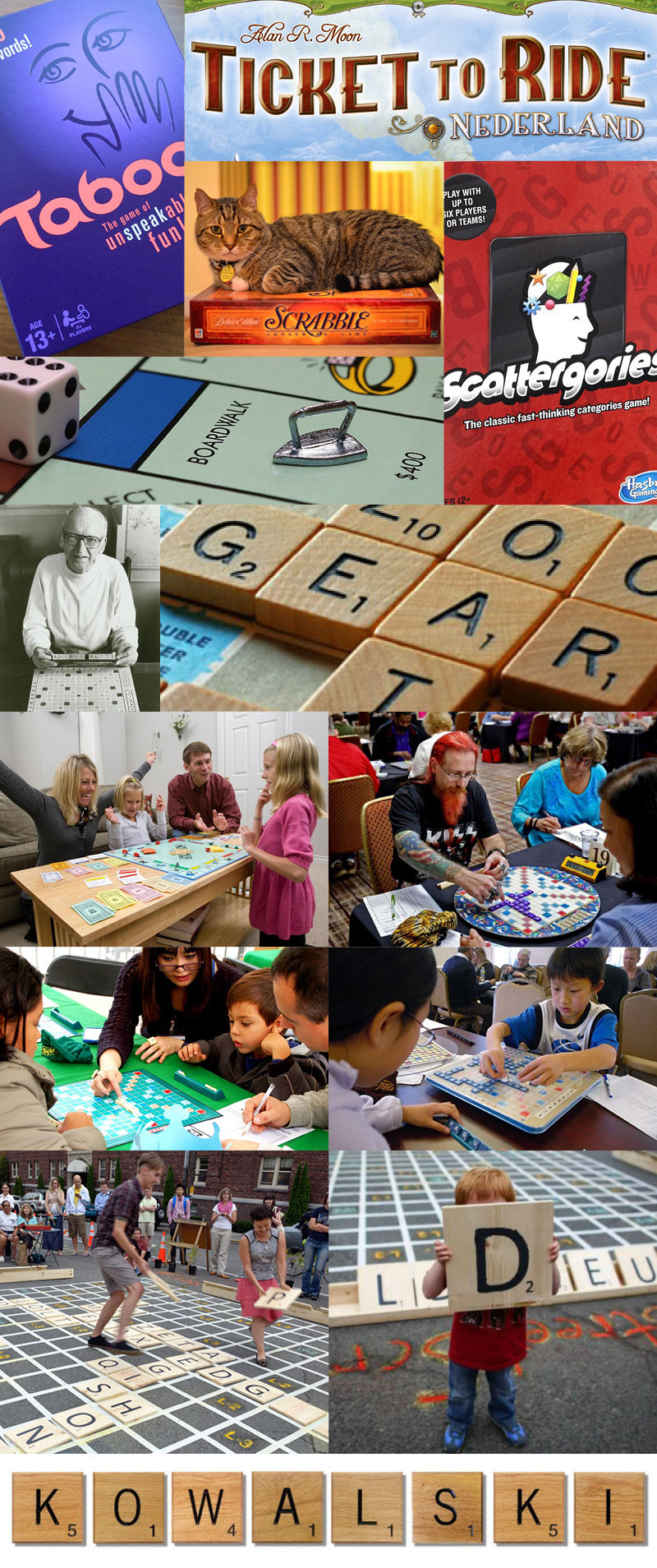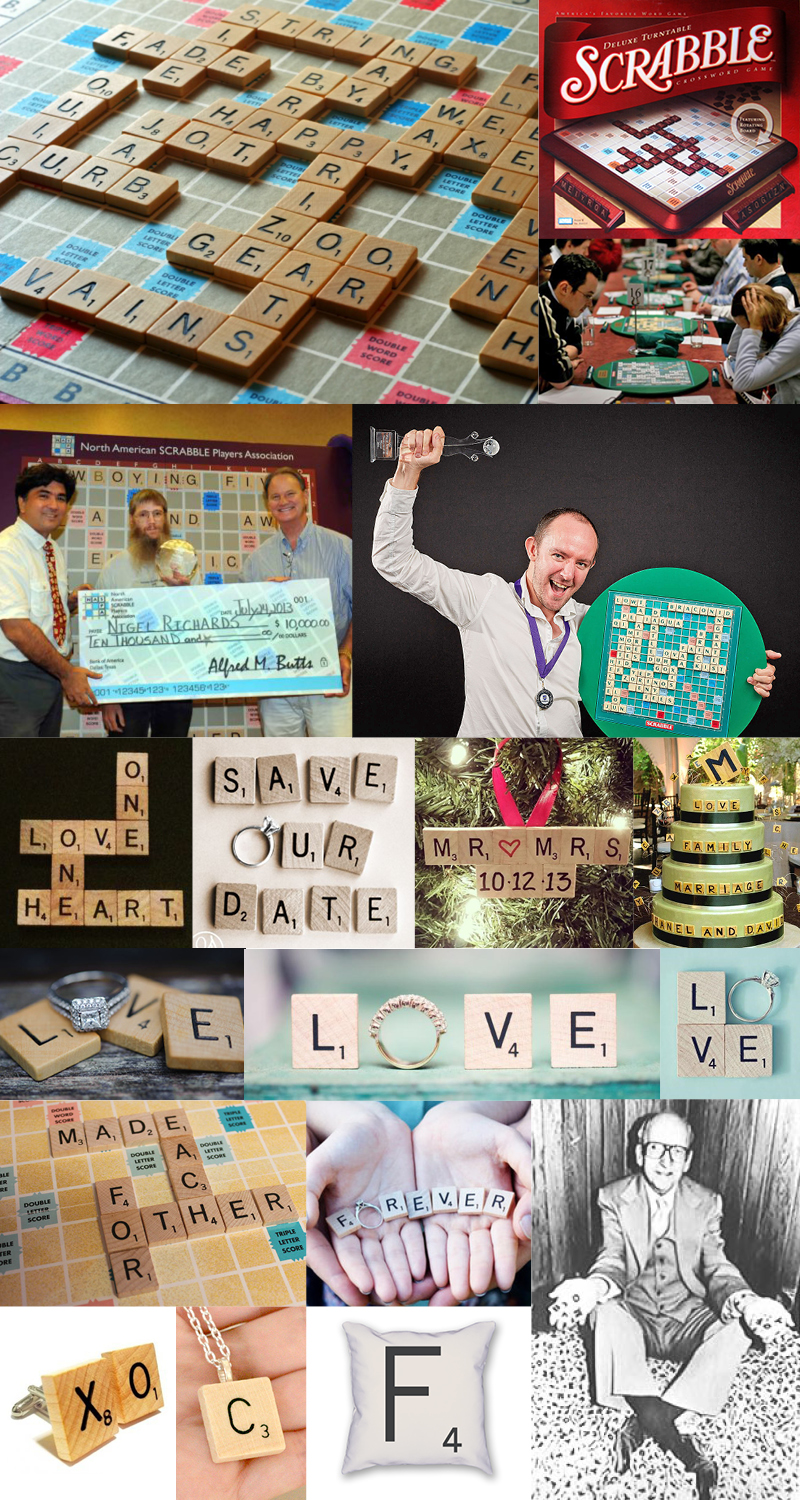I’m Board

Board games are soooo much fun. And their history is pretty darn interesting! Look at the image at second from bottom. That IS the oldest game in the world!! The Royal Game of UR is about 5,000 years old. And the guy at the bottom with the greatest beard in the world? Dr.Irving Finkel. He’s the guy from the British Museum who deciphered the rules of that game from clay tablets. Here’s a link to his video. :))))))) And you can even get the oldest game in the world at Target. Click Here!
Every once in a while, we have one of those days were when Jackie and I decide it’s a good time to just stay in and play some board games. Sometimes it’s raining, or we’ve had enough running around and just want to relax and play some games, or better yet, when the grandkids come over. If you want to be humbled, try to beat a five-year-old in Chutes and Ladders … seems every time I make it up the board, old grandpa is sliding down the slide to begin my climb again. I of course had my favorites growing up – chess, checkers, Operation (talk about PIA (Pain in the @%$) Jobs!), and of course Monopoly (I liked to be the race car piece) Sometimes I would end up owning everything and sometimes I would quickly be watching everyone else from jail!). I love when the family crowds around a game and get all excited playing. One of my kid’s favorites is Settlers of Catan, but I have to admit I haven’t caught the bug for that one yet! It got me to thinking about the history of games (phew-there’s a ton!). So, I jumped online and found some info I think you’ll enjoy. Special thanks to medium.com, thesprucecrafts.com, meeplemountain.com, fun.com and pastemagazine.com for the info. Have fun playing!
Board games are tabletop games that typically use pieces. Many board games feature a competition between two or more players. A player can win by capturing all opposing pieces, completing a course, or ending with a calculation of final scores or captured pieces/mone
The First Board Game (5000 BC)
Most people don’t realize board games are actually pre-historic, meaning we had board games before we had written language. So, what was the very first game?… most likely Dice! A piece that’s essential in most board games today was the basis of humanity’s oldest games. A series of 49 small carved painted stones were found at the 5,000-year-old Başur Höyük burial mound in southeast Turkey. These are the earliest gaming pieces ever found. Dice were eventually made from a large variety of materials, including brass, copper, glass, ivory, and marble. Dice from the Roman Era look very similar to the six-sided dice we use today.
A Royal Pastime (3100 BC)
Board games became popular among pharaohs in Ancient Egypt. Primarily, the game of Senet. The game has been found in predynastic and First Dynasty burials. Senet is featured in several illustrations from Ancient Egyptian tombs. By the time of the New Kingdom in Egypt (1550–1077 BC), it had become a kind of talisman for the journey of the dead. The game is even referred to in Chapter XVII of the Book of the Dead.
Tied into Religion (3000 BC)
With the popular growth of board games amongst royalty, they quickly became adopted by the working class. Soon after, they became tied into religious beliefs. One such game being Mehen. While a complete set of rules on how to play the game have never been found, we do know the game represents the deity, Mehen. The Sun Cult envisioned the god Mehen as a huge serpent who wrapped the Sun God Re in its coils (the game board itself mimics this). Players each begin with six marbles and one lion. Stick dice as depicted above determine movement. Players start at the tail, along the outer edge of the board, and move towards the center where the snake’s head rests. The players race to the center with their marble pieces. Once a marble reaches center, movement reverses and players move towards the start again. The lion piece is then put into play. This predatory piece is used to capture (eat) an opponent’s marble pieces.
Humanity’s Longest Running Board Game (2650 BC)
Many people think Backgammon has been played the longest out of all board games, however it’s actually The Royal Game of Ur. The game had been thought long-dead, superseded by backgammon 2000 years ago. However, game enthusiast and curator at the British Museum, Irving Finkel discovered the game’s rules carved into an ancient stone tablet. This makes The Royal Game of Ur the game that has been played longer than any other in world history. The game gets its name from its founding within the Royal Tombs of Ur in Iraq. There was also a set found in Pharaoh Tutankhamen’s tomb. The Royal Game of Ur was played with two sets, one black and one white, of seven markers and three tetrahedral dice (4-sided dice).
The First Evidence of Backgammon (2000 BC)
Ludus duodecim scriptorum was a board game popular during the time of the Roman Empire. The name translates as “game of twelve markings”, likely referring to the three rows of 12 markings found on surviving boards. The game tabula is thought to be a descendant of this game, and both are similar to modern backgammon.
The oldest game with rules known to be nearly identical to backgammon described it as a board with the same 24 points, 12 on each side. As today each player had 15 checkers and used cubical six-sided dice. The object of the game, to be the first to bear off all of one’s checkers, was also the same. The popularity of backgammon surged in the mid-1960s, in part due to the charisma of Prince Alexis Obolensky who became known as “The Father of Modern Backgammon”. He co-founded the International Backgammon Association, which published a set of official rules. Backgammon clubs were formed and tournaments were held, resulting in a World Championship, which was promoted in Las Vegas in 1967.
Becoming Part of Childhood (500 BC)
Board games were primarily played by adults in ancient cultures and with their deep roots in society, were quickly adopted by children. Although not technically a board game, one of the first games centered towards kids was Hop-Scotch. That’s right, it’s much older than you thought! The first references of Hop-Scotch date back to Roman Children around 500 BC. The game’s first recorded references in English-speaking world date back to the late 17th century, usually under the name “scotch-hop” or “scotch-hopper”. According to the Oxford English Dictionary the etymology of hopscotch is a formation from the words “hop” and “scotch”, the latter in the sense of “an incised line or scratch”
Chaturanga set
Chaturanga was played on an 8×8 uncheckered board, called Ashtāpada. The board sometimes had special markings, the meaning of which is unknown today. Soon after, the game was turned into its European variant, Chess emerged, which is played on the same 8×8 tile board. The earliest evidence of chess is found in Sassanid Persia around 600 AD. The game reached Western Europe and Russia by at least three routes, the earliest being in the 9th century. By the year 1000 it had spread throughout Europe. Introduced into the Iberian Peninsula by the Moors in the 10th century, it was described in a famous 13th-century manuscript covering shatranj, backgammon, and dice named the Libro de los juegos. These modern rules for the basic moves had been adopted in Italy and Spain. Pawns gained the option of advancing two squares on their first move, while bishops, and queens acquired their modern abilities. The queen replaced the earlier vizier chess piece towards the end of the 10th century and by the 15th century had become the most powerful piece. Consequently, modern chess was referred to as “Queen’s Chess” or “Mad Queen Chess”.
The Landlord’s Game (1903)
The Landlord’s Game was invented by Lizzie Magie, one of America’s very first board game designers. The game board consisted of a square track, with a row of properties around the outside that players could buy. The game board had four railroads, two utilities, a jail, and a corner named “Labor Upon Mother Earth Produces Wages,” which earned players $100 each time they passed it… Sound familiar? See board here
Magie had invented and patented The Landlord’s Game in 1904 and designed the game to be a practical demonstration of land grabbing with all its usual outcomes and consequences. She based the game on the economic principles of Georgism, a system proposed by Henry George, with the object of demonstrating how rents enrich property owners and impoverish tenants. Magie also hoped that when played by children the game would provoke their natural suspicion of unfairness, and that they might carry this awareness into adulthood.
In 1935 Magie sold her patent for The Landlords Game to Parker Brothers, which is now what we know as Monopoly. This game, which launched Parker Brothers into a massive success, was originally rejected by them. After their success with Monopoly, They went on to produce Risk, Sorry, Trivial Pursuit, and more. Lizzie Magie sold her original patent of the original game for $500.
There is so much more to know about board games:
History since the 1800’s
Tabletop gaming
Top games of all times
Since 2010
Now, it’s your turn.
::::::::::::::::::::::::::::::::::::::::::::::::::::::::::::::::::::::::::::::::::::::::::
DO YOU LIKE CONTESTS?
Me, too.
As you may know the Kowalski Heat Treating logo finds its way
into the visuals of my Friday posts.
I. Love. My. Logo.
One week there could be three logos.
The next week there could be 15 logos.
And sometimes the logo is very small or just a partial logo showing.
But there are always logos in some of the pictures.
So, I challenge you, my beloved readers, to count them and send me a
quick email with the total number of logos in the Friday post.
On the following Tuesday I’ll pick a winner from the correct answers
and send that lucky person some great KHT swag.
So, start counting and good luck!
Oh, and the logos at the very top header don’t count.
Got it? Good. :-))))
Have fun!!
::::::::::::::::::::::::::::::::::::::::::::::::::::::::::::::::::::::::::::::::::::::::::

 (top five images) The board games my family love to play. (next row) The inventor of Scrabble,
(top five images) The board games my family love to play. (next row) The inventor of Scrabble, 

